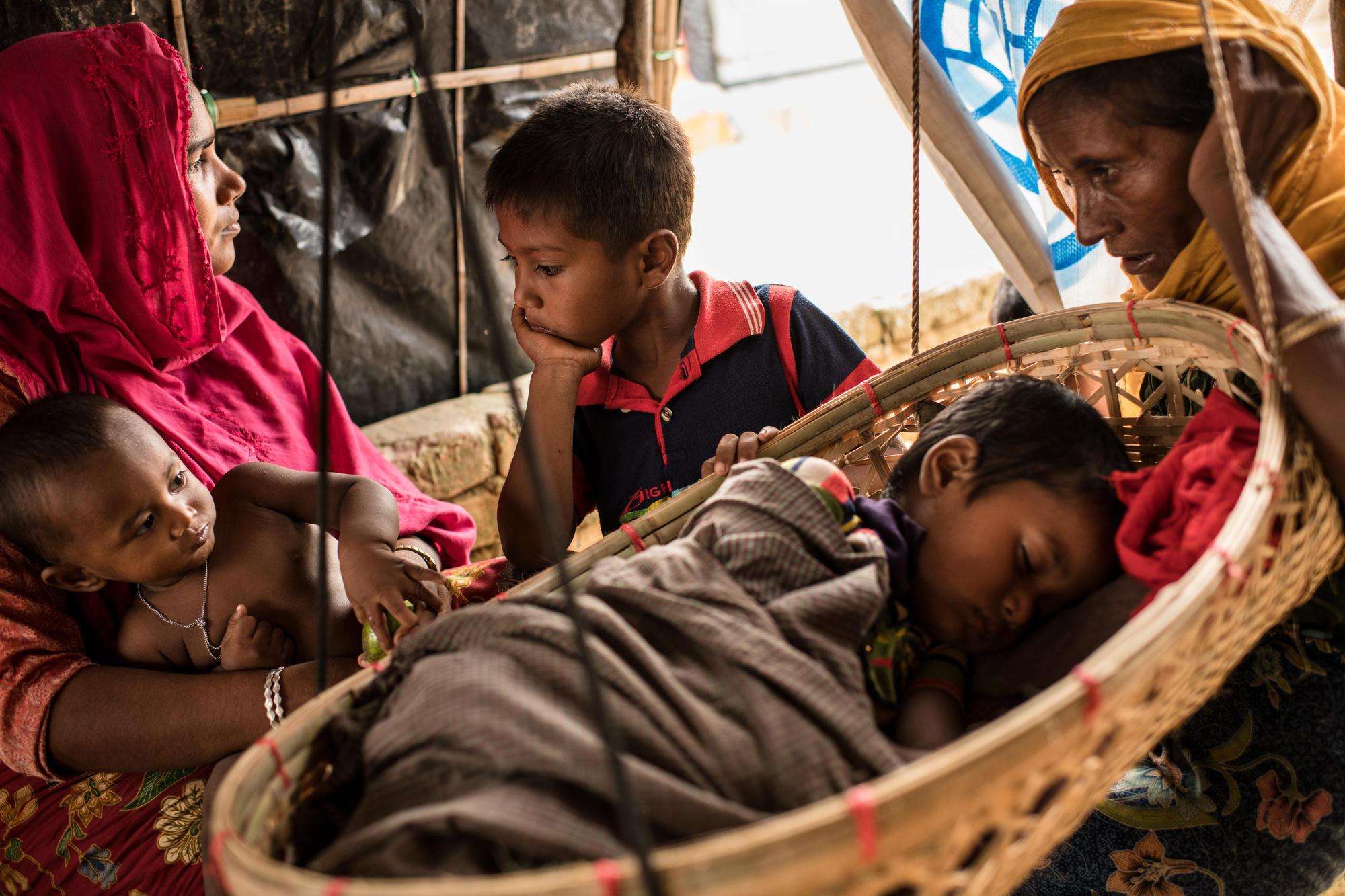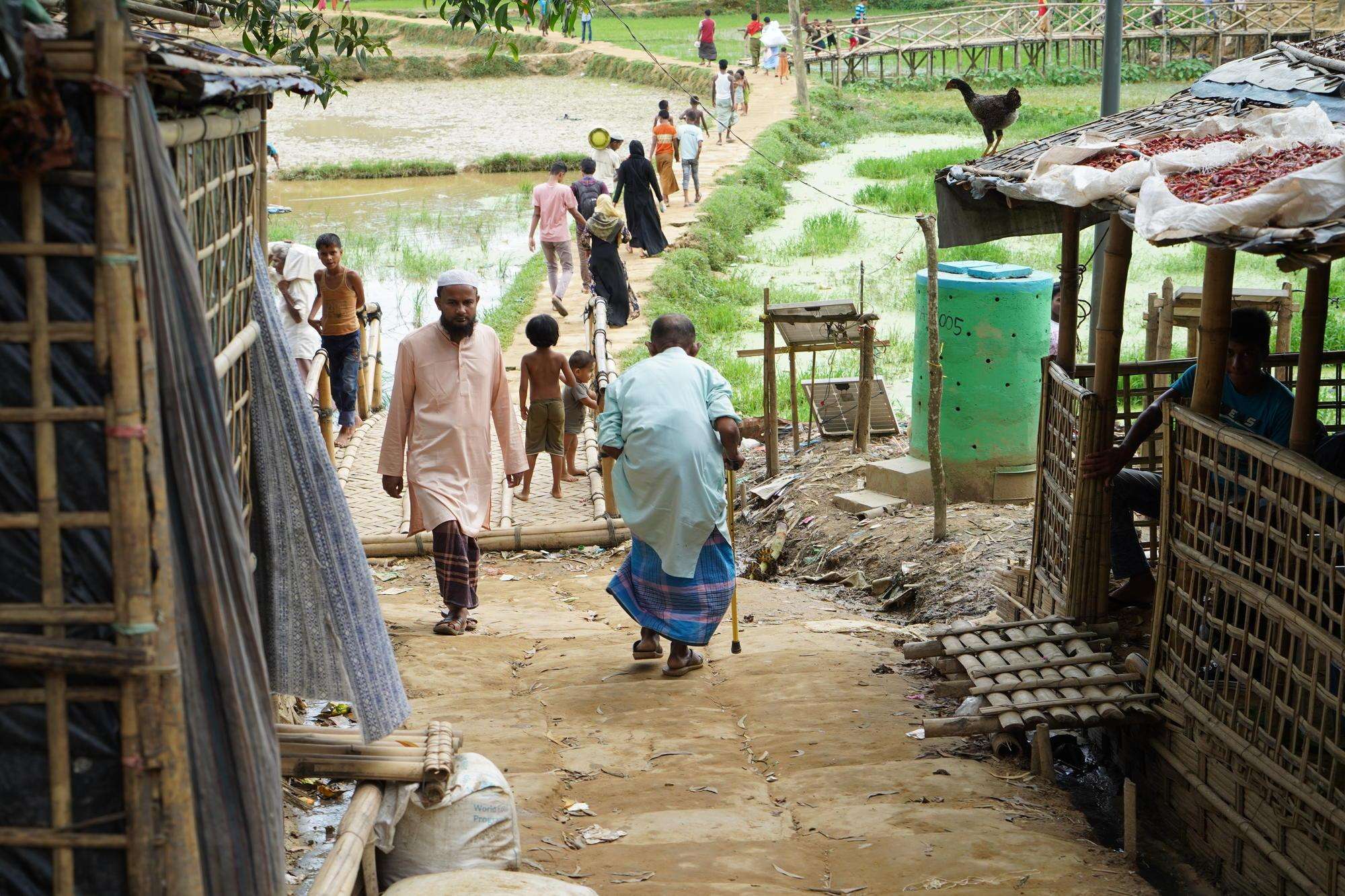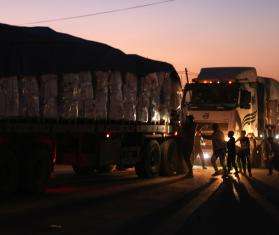Sitting in a teashop in Kutupalong, the massive refugee megacamp in Bangladesh where hundreds of thousands of Rohingya people have settled after fleeing targeted violence in neighboring Myanmar, Bibi Jan tugs on her sleeve. She’s covering up scars inflicted in August 2017, during the events that forced her to flee her homeland: she was stabbed, her two brothers were killed, and her village was razed to the ground.
The Rohingya, a predominantly Muslim ethnic minority from Myanmar’s Rakhine state, have been subject to decades of persecution and state exclusion. Two years ago, starting on August 25, 2017, news of Myanmar’s campaign of targeted violence against the Rohingya dominated the headlines. Since then, little progress has been made to fully address the Rohingya refugee crisis, including issues regarding the lack of legal status for those displaced in the region and the underlying causes of discrimination against the community in Myanmar.
To date no meaningful solutions have been offered to the Rohingya people, who have been pushed to the margins of society in virtually all of the countries to which they have fled. In Bangladesh, more than 912,000 Rohingya still live in the same basic bamboo structures as when they first arrived. They face travel and work restrictions, and remain wholly reliant on humanitarian aid.

Many of the illnesses Doctors Without Borders/Médecins Sans Frontières (MSF) teams treat at our clinics in Cox’s Bazar are a result of the poor living conditions that the Rohingya endure, with poor access to clean latrines and water. We have provided more than 1.3 million medical consultations from August 2017 to June 2019, and continue to treat tens of thousands of patients a month.
With Rohingya children unable to access formal education, future generations are deprived of an opportunity to improve their situation. “I want to send my children to school, but I don’t have enough money and we can’t leave the camp. It’s difficult to plan a future for our children,” says Bibi Jan. “If we worked, we wouldn’t need rations. We could survive on our own.”
Myanmar: “We hold our frustration inside”
The situation facing Rohingya people who are still in Myanmar is similarly bleak. In 1982, a citizenship law rendered the Rohingya effectively stateless, and in recent years they have been stripped of even more of their rights, ranging from civic inclusion to education, marriage, and family planning rights to freedom of movement and access to health care.
In 2012 violence between the Rohingya and Rakhine communities left entire villages razed. Since then, some 128,000 Rohingya and Kaman Muslims in central Rakhine have lived in overcrowded and squalid displacement camps. Denied both jobs and freedom of movement, as well as access to basic services, they too rely entirely on humanitarian assistance.
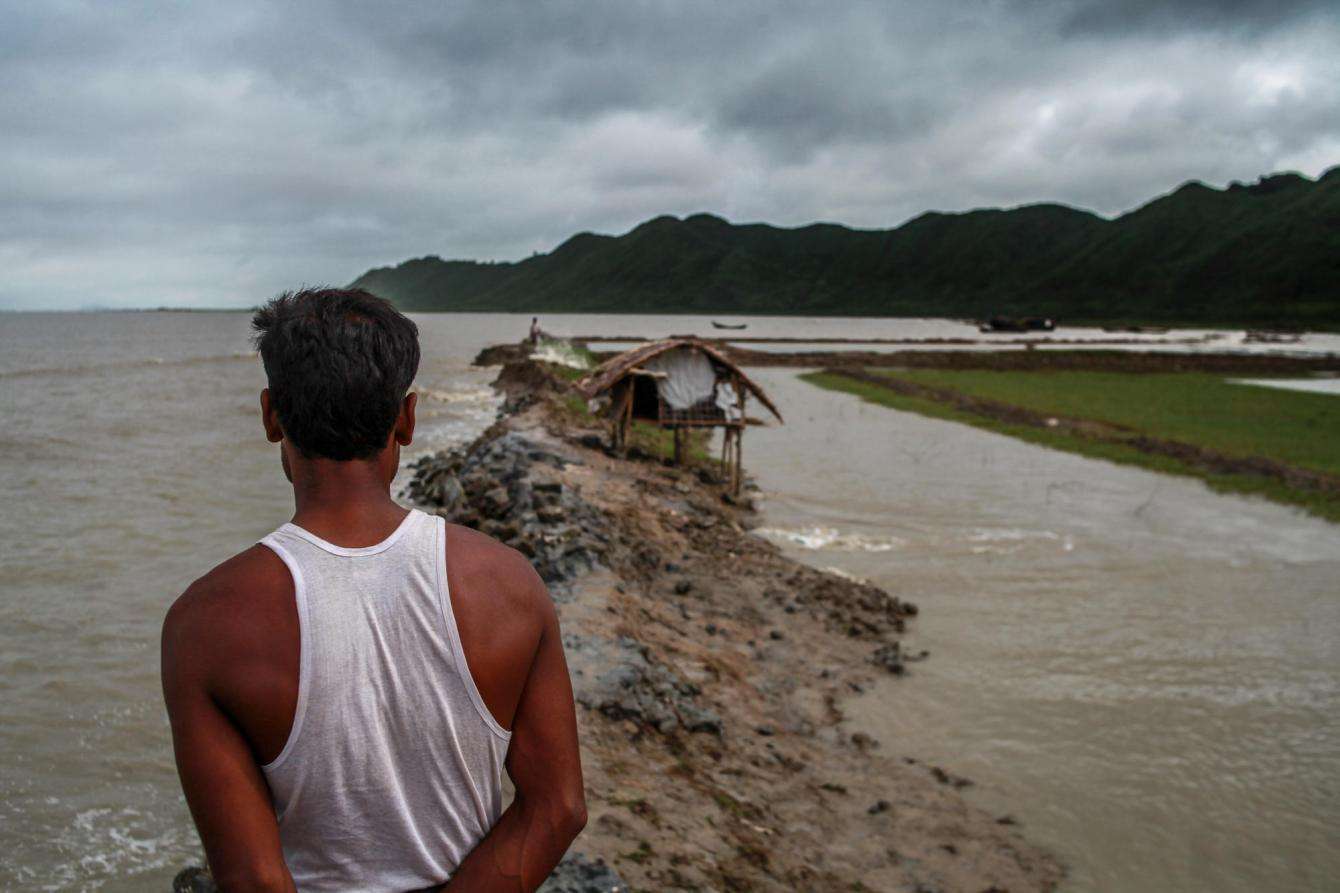
“There aren’t any real opportunities for employment here; there are hardly any fish to catch either,” says Suleiman, a Rohingya man living in Nget Chaung, home to some 9,000 people. “Because there’s so little trade, we can’t buy the things we want. People here are sad. They are frustrated that they can’t go anywhere or do anything more. We hold our frustration inside because we cannot speak out—there are no opportunities for that. We cannot even travel to the next township, so people keep everything inside, bottled up.”
An estimated 550,000 to 600,000 Rohingya are still living across Rakhine state. Their already difficult lives have become harder as they and other communities suffer the consequences of a worsening conflict between the Myanmar military and the Arakan Army, an ethnic Rakhine armed group.
“We just want our freedom, to have our own livelihoods, and to sleep at night without worrying,” says Suleiman. “The longyi [cloth] is a symbol of Myanmar, and all the ethnicities of Myanmar have their own pattern, but not us. We wear the longyi, but we have no pattern. We own nothing. I wish people could look at us and see us for who we are. I just want people to know who the Rohingya are.”
Malaysia: Pushed into the shadows
Rohingya people have also been fleeing to Malaysia over the past 30 years. But those who make the journey end up marginalized and without legal status. Unable to work legally, they often disappear into Malaysia’s urban black market economy, where they are vulnerable to exploitation, debt bondage, and hazardous jobs. Walking down the street or even seeking medical care can result in refugees being extorted or sent to detention centers.
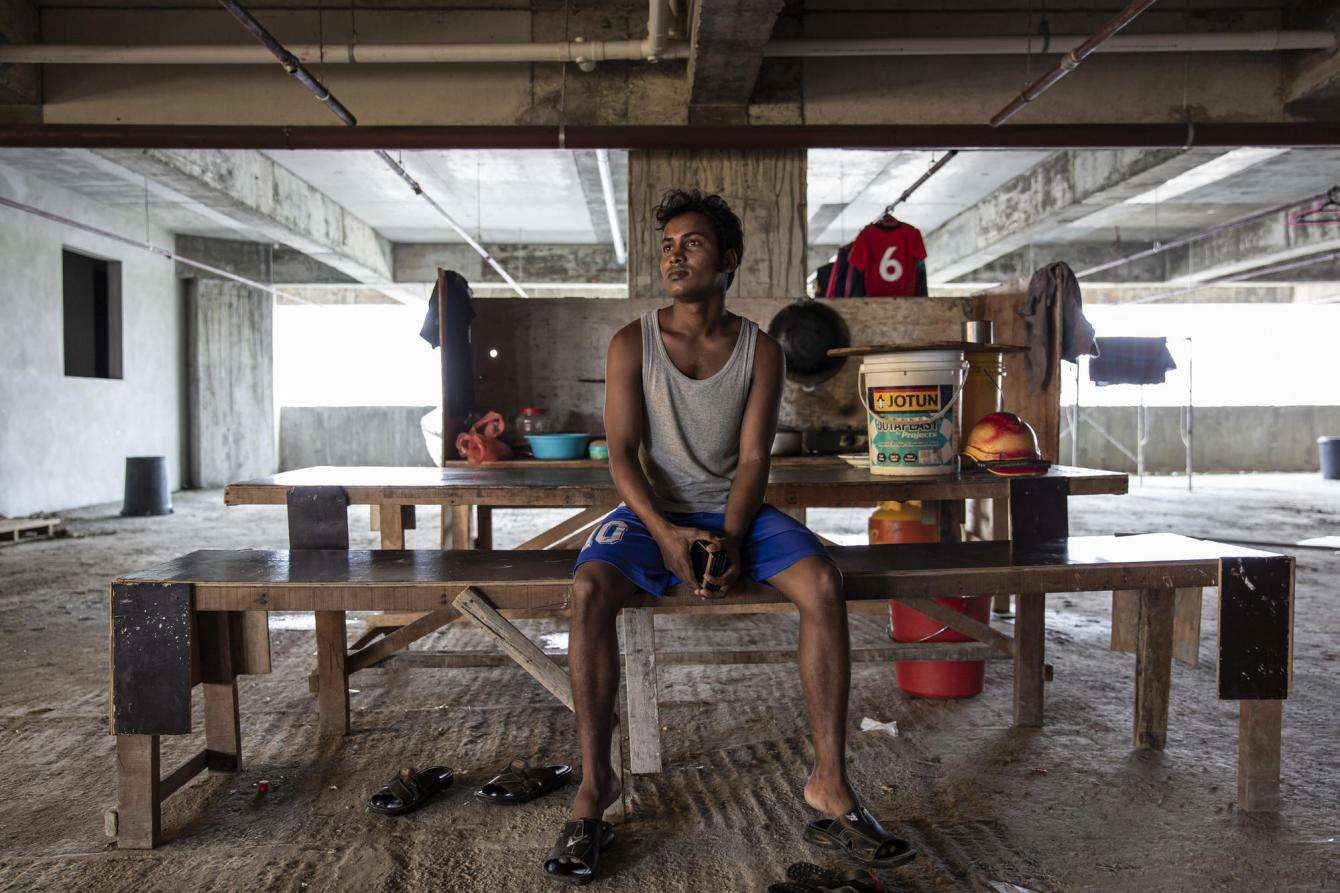
Iman Hussein, 22, fled Rakhine in 2015, spending time in Thailand before arriving in Penang, Malaysia. Like many refugees, he has eked out a living by working in Penang’s booming construction industry. His employer hasn’t paid him his salary for the past 10 weeks, but Hussein says he has no choice but to keep working as he lives on-site and would be destitute if he left.
“Over the past two years, very little real effort has been made to address the underlying causes of discrimination the Rohingya face and enable them to return home safely,” says Benoit de Gryse, MSF operations manager for Myanmar and Malaysia. “If the Rohingya are to have any chance of a better future, the international community must redouble diplomatic efforts with Myanmar and champion greater legal recognition for an incredibly disempowered group.”
